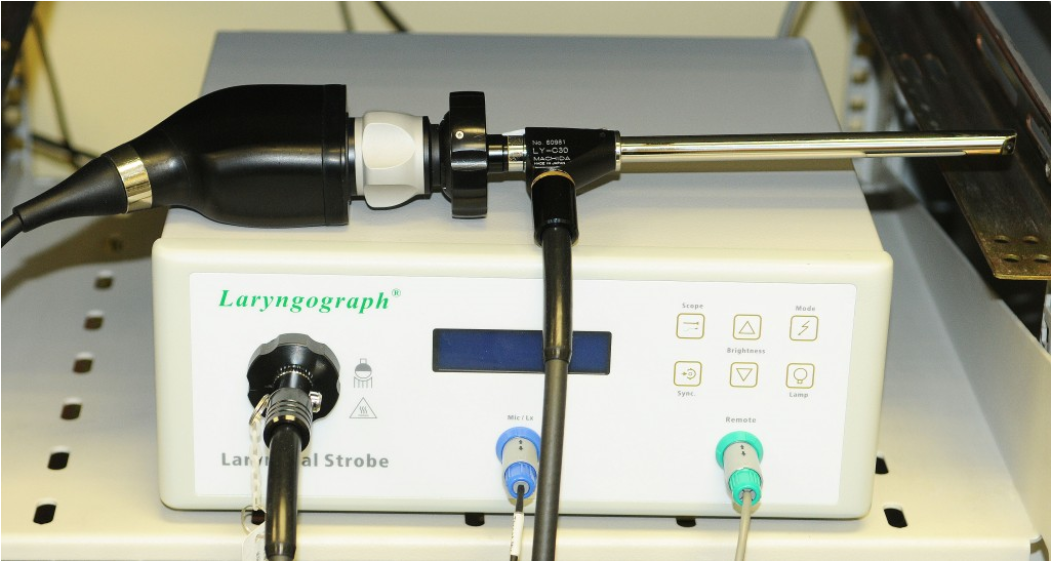Muscle Tension Dysphonia: Signs, Symptoms, and Treatments
Picture it: you are a motivational speaker and have noticed that your voice has been sounding a little off recently. Most of the time you can get through your speeches without any issues but have found that at the end of your presentations your voice cracks, and it feels difficult to keep talking at your regular volume. After discussing it with a fellow motivational speaker and close friend, they suggested that you might want to talk to a physician about muscle tension dysphonia, or MTD.
But what is MTD, and how is it treated?
Muscle Tension Dysphonia: A Definition
Muscle tension dysphonia is a noticeable change in either the sound or feel of your voice and is a result of excessive muscle tension in and around the voice box. MTD presents due to repeated tension or strain that could be caused by irritants in the air, other diseases such as laryngitis, or merely stress, among other causes. Once the cause is removed MTD can still remain due to the daily nature of vocal use.
Professions that require higher vocal demands such as public speakers, singers, call center employees, or teachers can more commonly deal with cases of MTD and other vocal issues.
What Are The Symptoms?
You may have MTD if any of these common MTD symptoms are present:
● Your voice is raspy, gravelly, or hoarse.
● Your voice is weak, quiet, or otherwise difficult to hear.
● It sounds as if you’re having difficulty speaking.
● Your voice cuts out, changes pitch, drops off, or otherwise fades.
● Your voice lacks endurance/weakens the longer it is used.
● You have difficulty singing notes that used to be easy to reach.
● You have experienced a change, upwards or downwards, in pitch.
● You feel pain or pressure when singing or speaking.
Common Treatment Types
Typical treatment options to help with MTD involve going to a speech-language pathologist for voice therapy. Other physical treatments might be suggested, such as seeing a masseuse, acupuncturist, or physiotherapist to help with tension release while taking part in voice therapy.
Seeing a physician if you believe you have MTD is wise, as they can not only refer you to the speech-language pathologist but also recommend further aid and provide resources to help with MTD.
Preventative Measures
One of the best ways to avoid any condition that results from prolonged use is to take a preemptive approach. If you know your lifestyle lends itself to the high use of your voice box, take the time to be proactive by warming up both your voice and body before prolonged periods of use. Whether it be through warming up your physical body or personal massage/breathing techniques, preparing yourself ahead of time can help to lower the risk level of developing muscle tension dysphonia.
Listen to your body: it will tell you what feels good and what needs attention to let you know if your preventative measures are working, or if you require more (or less) repetitions to keep yourself fit as a fiddle.
Have you been experiencing any of the symptoms listed above? Are you looking for an MD to efficiently treat your muscle tension dysphonia? Visit LouisvilleVoice to explore the extensive options available along with and get the best treatment for your problem.










